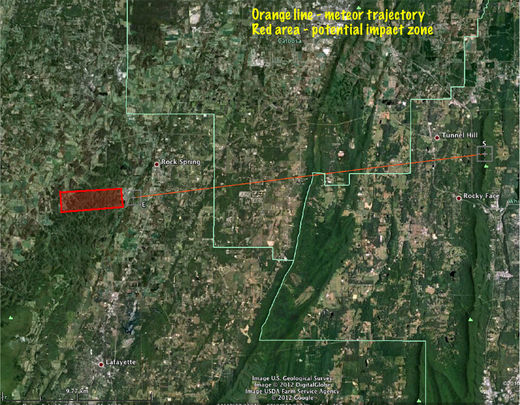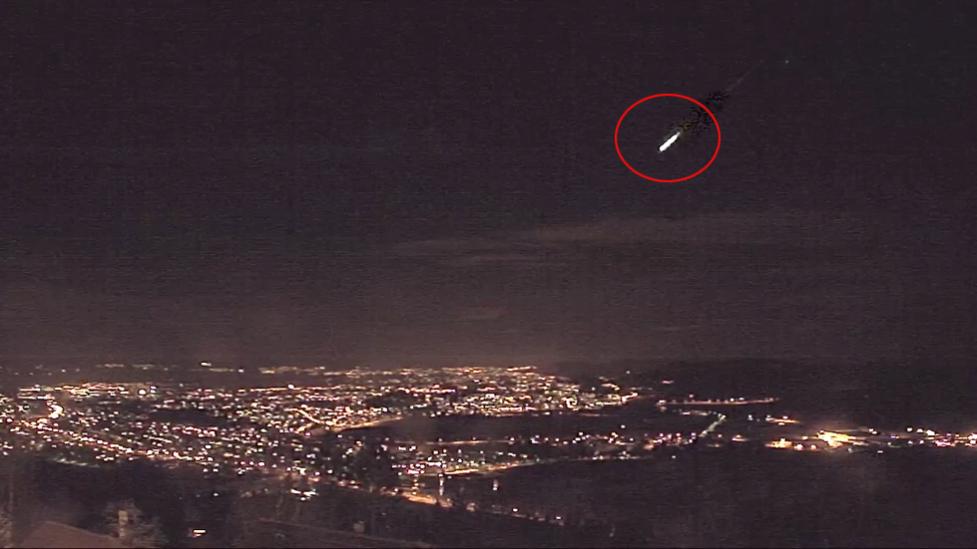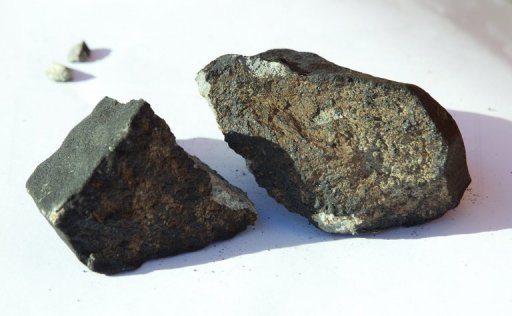
© NASAA solar flare erupts on January 22, 2012
Last Thursday, the world braced itself as the strongest solar storm in five years raced toward the planet. Fortunately, it delivered only a glancing blow, and global communications continued to operate without disruption. In 1859 Earth wasn't so lucky.
The Carrington EventOn the morning of September 1, 1859, amateur astrologer Richard Carrington ascended into the private observatory attached to his country estate outside of London. After cranking open the dome's shutter to reveal the clear blue sky, he pointed his brass telescope toward the sun and began to sketch a cluster of enormous dark spots that freckled its surface. Suddenly, Carrington spotted what he described as "two patches of intensely bright and white light" erupting from the sunspots. Five minutes later the fireballs vanished, but within hours their impact would be felt across the globe.
That night, telegraph communications around the world began to fail; there were reports of sparks showering from telegraph machines, shocking operators and setting papers ablaze. All over the planet, colorful auroras illuminated the nighttime skies, glowing so brightly that birds began to chirp and laborers started their daily chores, believing the sun had begun rising. Some thought the end of the world was at hand, but Carrington's naked eyes had spotted the true cause for the bizarre happenings: a massive solar flare with the energy of 10 billion atomic bombs. The flare spewed electrified gas and subatomic particles toward Earth, and the resulting geomagnetic storm - dubbed the "Carrington Event" - was the largest on record to have struck the planet.








Comment: So, maybe larger amounts of debris are entering this 'area of space', rather than the other way around?
There has indeed been an incredible number of fireballs lately, of which the three over eastern Norway are just a few...
9 March, Fireball Spotted Over North Georgia
4 March: Meteor Shower Dazzles Victorians Lucky Enough to See It
4 March: Thousands Witness Spectacular Fireball Streak Over UK
2 March: Fireball seen from southern Norway and Sweden
2 March: Green Fireball Seen All Over Southeastern Canada
1 March: Green Object Reported in the Sky Over Newfoundland
29 February: What Was The Bright Flash In The Sky Tuesday Night?
22 February: "Huge fireball" streaks through Edmonton sky
22 February: Meteor Rain in China
14 February: Exploding UFO Wakes Thousands in South Carolina
12 February: Exploding Fireball recorded over Okayama, Japan
5 February: Fireball with huge tail seen over Western Australia
5 February: Fireball Photographed Over Corfu, Greece
4 February: East coast of US lights up as another enormous fireball streaks through sky
2 February: Huge Fireball Over Tokyo, 2 February 2012
1 February: Wednesday night's Texas meteor so bright it was seen in Kansas
1 February: Halifax 'fireball' probably a meteor